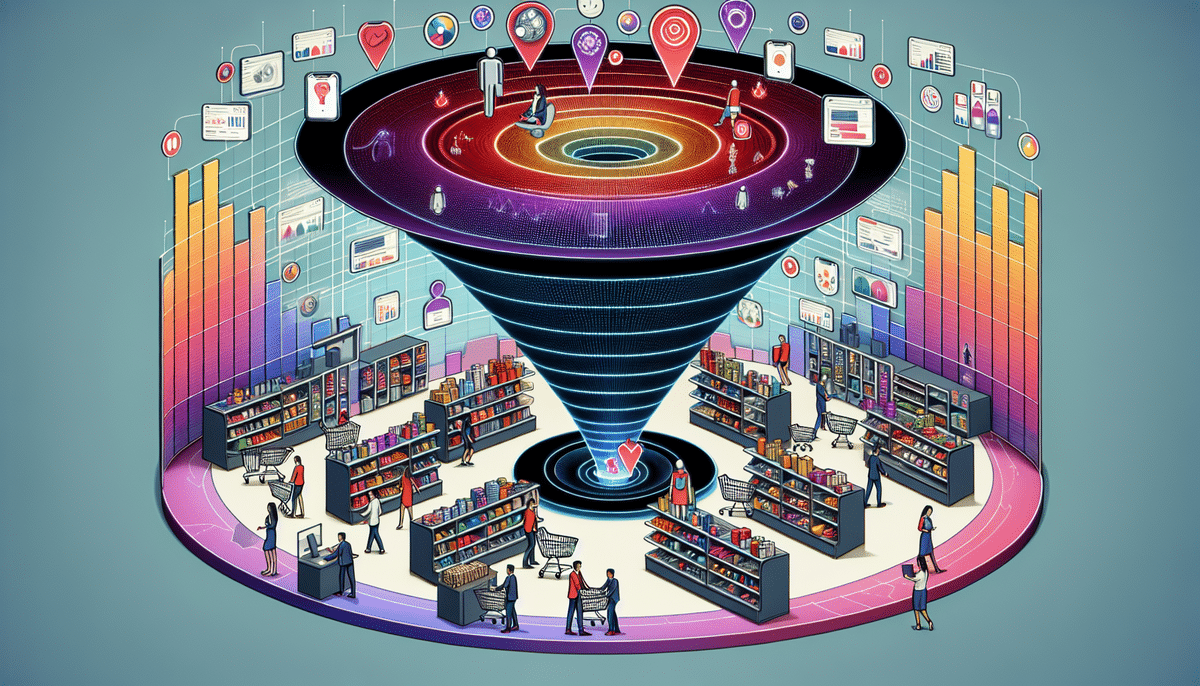How to Implement Cross-Selling and Upselling Strategies for Maximum Profit
Maximizing profits and increasing revenue are top priorities for any business owner. One effective way to achieve this is by implementing cross-selling and upselling strategies. These techniques not only boost sales but also enhance customer satisfaction by providing more comprehensive solutions to their needs.
Understanding Cross-Selling and Upselling
Cross-selling involves offering customers additional products or services that complement their initial purchase. For instance, when a customer buys a laptop, suggesting a protective case or extended warranty is an example of cross-selling. On the other hand, upselling entails encouraging customers to purchase a higher-end version of the product they are considering. For example, offering a smartphone with more features or greater storage capacity than the one initially selected.
Both strategies aim to increase the average transaction value, enhancing the overall revenue without the need to acquire new customers. According to a Harvard Business Review study, effective upselling can increase a company's profits by 10-30%.
Why Cross-Selling and Upselling Are Crucial for Your Business
Implementing these strategies can lead to significant benefits:
- Increased Revenue: By encouraging customers to purchase additional or premium products, businesses can boost their revenue streams.
- Enhanced Customer Loyalty: Providing relevant and valuable offers improves customer satisfaction, fostering loyalty and repeat business.
- Competitive Advantage: Offering comprehensive solutions differentiates your business from competitors, making it a preferred choice among consumers.
Furthermore, leveraging customer data allows businesses to tailor their offerings effectively. Analyzing purchase history and preferences can inform more targeted cross-selling and upselling efforts, as highlighted in a McKinsey report.
Benefits for Customers
While these strategies are beneficial for businesses, they also offer significant advantages to customers:
- Discovering Relevant Products: Customers can find additional products that enhance their primary purchase, adding convenience and value.
- Access to Premium Options: Upselling introduces customers to better-performing products that may better suit their needs.
- Personalized Experience: Tailored recommendations make the shopping experience more personalized and satisfying.
Providing customers with thoughtfully curated options ensures that their needs are met more comprehensively, leading to higher satisfaction rates.
Identifying Opportunities for Cross-Selling and Upselling
To effectively implement these strategies, businesses must identify the right opportunities:
Analyze Customer Data
Utilize customer relationship management (CRM) systems to analyze purchase history, preferences, and behaviors. Tools like Salesforce CRM can provide valuable insights into customer patterns.
Train Your Sales Team
Equip your sales team with the knowledge and skills to recognize cross-selling and upselling opportunities. Regular training sessions can enhance their ability to make relevant and timely recommendations.
Customer Feedback
Gather feedback through surveys and reviews to understand customer needs and preferences better. This information can help tailor your offerings to align with what customers truly value.
Best Practices for Effective Cross-Selling and Upselling
To avoid overwhelming customers and to maintain trust, follow these best practices:
- Relevance is Key: Ensure that the additional or premium products offered are genuinely useful and relevant to the customer's initial purchase.
- Provide Clear Benefits: Clearly communicate how the additional or upgraded product adds value or improves the customer's experience.
- Respect Customer Preferences: Avoid pressuring customers into purchases. Respect their decision-making process to maintain a positive relationship.
- Timing Matters: Present additional offers at appropriate stages in the customer journey, such as post-purchase or during the decision-making process.
Adhering to these practices ensures that the strategies are perceived positively, enhancing both sales and customer satisfaction.
Leveraging Technology to Enhance Strategies
Modern technology plays a pivotal role in optimizing cross-selling and upselling efforts:
Customer Relationship Management (CRM) Systems
CRM systems like HubSpot CRM help manage and analyze customer interactions, facilitating personalized recommendations based on real-time data.
Automated Marketing Tools
Tools such as Mailchimp enable businesses to automate email campaigns, ensuring timely and relevant offers reach customers based on their behavior and preferences.
AI-Powered Recommendations
Artificial intelligence can analyze vast amounts of data to predict and suggest products that customers are likely to be interested in, enhancing the effectiveness of cross-selling and upselling strategies.
Measuring Success with Key Metrics
To evaluate the effectiveness of your strategies, track the following key metrics:
- Conversion Rates: Measure how often cross-selling and upselling efforts lead to additional purchases.
- Average Order Value (AOV): Monitor changes in the average amount spent per transaction.
- Customer Lifetime Value (CLV): Assess the long-term value generated from customers who engage with cross-selling and upselling offers.
Regularly analyzing these metrics allows businesses to refine their approaches and optimize their strategies for better results.
Case Studies: Successful Cross-Selling and Upselling
Several companies have effectively implemented these strategies to drive growth:
Amazon
Amazon excels at cross-selling through its "Frequently Bought Together" and "Customers Also Bought" sections, which recommend related products based on purchase history.
Starbucks
Starbucks successfully upsells by offering customers larger sizes, additional shots of espresso, or premium drink options during the ordering process.
These examples demonstrate how thoughtful and customer-centric approaches to cross-selling and upselling can lead to significant business growth.
Conclusion
Implementing cross-selling and upselling strategies is a powerful way to enhance revenue and deepen customer relationships. By understanding customer needs, leveraging data, and utilizing the right technology, businesses can effectively increase sales while providing added value to their customers. Adhering to best practices ensures that these strategies contribute positively to both the business and its customers, fostering sustainable growth and loyalty.






















